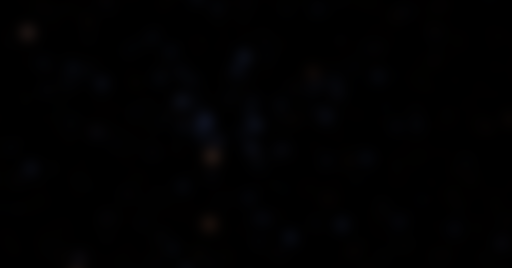How to find focus with a camera
"I can't see anything"
This is one of the most common comments - actually, probably the most common comment I get when doing telescope support. Whenever I hear this, my heart sinks a little. It's never a good thing that someone is having this amount of difficulty. There's a danger that I'll lose this person.
The other thing is that such a comment doesn't give me anything to work with. it's my job to solve this person's problem, and I've got nowhere to start.
In this particular instance, I was chatting with an astronomer who had just got a CMOS camera onto to his scope. He'd got the computer connected, and had checked it was giving him an image (he'd shone a torch down the scope and the screen had gone white). But all he could see was a black screen.
This is how I got him going again.
Invisible stars
Out of focus stars look black. It's not that they're not there, or underexposed, it's just that they're so diffuse you can hardly tell they're there.
There are three main variables you're playing with to get a nice image: exposure time, camera gain and focus. All of them are critical - if one of them is wrong, all you're going to see is black.
(Incidentally, this works for DSLR users as well. For "gain", read "ISO". Get the camera to take continuous images using an intervalometer. The additional challenge is to see what's happening on a small screen - particularly if it's at a difficult angle.)
So here's my strategy for focusing stars.
Exposure time
Exposure time is the easy bit. Set it to three seconds. This is going to give you enough time to see stars if they're there, while being quick enough for you to move at a reasonable speed through the range.
Gain
Gain is what you're going to play with to get a usable image.
Focus
You don't know where your focus is, so you're going to have to work your way through the whole range. Suck it up.
And the search starts
So... with your three second exposure looping onto the computer screen, start at one end of the focus range.
Now adjust your gain. What you're after is an image that is charcoal grey in colour. If it's black, you're underexposing and you'll never see any stars that pop into focus. If it's too light, like a light grey, you might not see the stars due to poor contrast.
Now, time for the slog to start. Move your focus a little. How much is another guess. Too little and you'll be there all night. Too much and you might miss the focus entirely. Then wait for at least two exposures. If you're focusing manually touching the scope will have shaken it so the stars won't be visible.
What you're looking for
Inspect the screen. What you're looking for are fuzzy blobs that only just stand out from the background. If you don't see any, adjust the focus again and wait for a couple of exposures. Be patient. This probably isn't going to happen immediately.
Watch it like a hawk. See anything?
These photos are a series taken as I approached focus. They're all correctly exposed and pointed the right way. You might have noticed the blobs appearing now. Once you find those stars you're on your way.
This one is now a recognisable out-of-focus star field. You'll notice I'm using a refractor. A Newtonian or a Cassegrain would give you donut-shaped blobs.
Here we are at focus. Goodness, it's M25.
Finally, you can take a break - after all, you've been hunched over your computer, possibly with a hand on your focuser for the last 20 minutes - or more.
And the lessons?
Setting up a scope, especially for astrophotography, is time-consuming. It's also always been a Scruffy Astronomer rule that whenever there's a computer involved you have to triple your time budget.
- Get the background right, so the stars will be visible when they pop into focus.
- Wait for a couple of exposures between refocusing.
- Be patient.
- Finally, remember to measure and record the point where you found focus. You don't want to be doing this all again!
Don't worry, everyone has to go through this, and it's never as bad the second time.




Hey Thank you this is great help.
ReplyDeleteThanks Creighton!
Delete